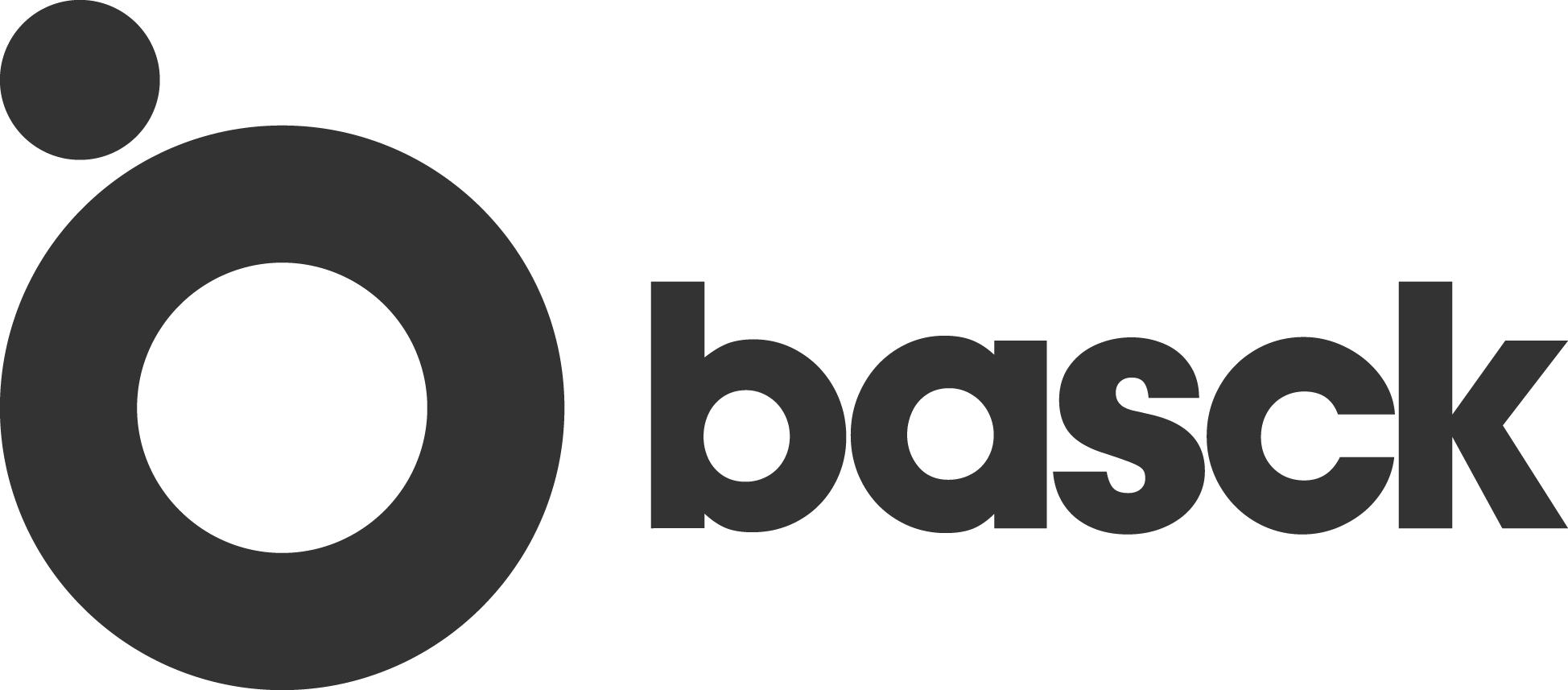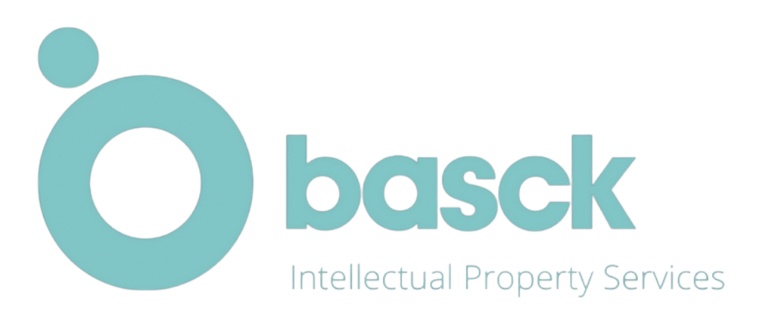In a book about how today’s winners are lining up their IP, Dr Timothy Norris at Aalbun and Dr Marcelo Motta at Basck say that it is challenging, but not impossible, to gain patents on software innovations in technologies such as blockchain.
In the past, many small and medium-sized enterprises involved with computer-implemented inventions have experienced rapid commercial growth because software products are easy to multiply and distribute to customers. Skype was a notable example as an early developer of a voice-over-internet- protocol (VoIP) software product in 2002 that was downloadable without cost to users; revenues were made by Skype for peripheral services associated with VoIP. Within 18 months of making the software product available, Skype had 300 million users worldwide and had become a billion dollar corporation. Such rapid growth is less easy to achieve for physical products that have to be manufactured, warehoused, stocked and distributed. However, there are some notable exceptions, such as Dyson Industries that has grown rapidly in consumer products. Other software product companies to take off include Darktrace, which is recognized today as one of the world’s leading companies for cybersecurity products and services.
Software companies, in particular SMEs, involved with computer-implemented inventions, for example software apps, often face a dilemma regarding whether to protect their inventions with IP rights, such as patents, or simply launch their products without IP protection, expecting a short product lifetime before competitors have developed competing software products offering a similar degree of functionality.
Legal background
Most patent authorities exercise exclusions to patentability (Strasbourg Convention 1963) giving rise to excluded categories of invention, for example, Art 52(2) of the European Patent Convention and the ‘101 exclusion’ in the United States in relation to abstract inventions lacking utility. Thus, computer-implemented inventions are often difficult to protect by patent rights. In Europe, the EPO and national patent authorities often reject patent applications pertaining to computer-implemented inventions as being merely ‘a method for doing business, as such’, or ‘a method for performing a mental act, as such’, where no technical effect, or no further technical effect, is provided by the inventions when in operation. For example, the sole contribution of the method may lie in displaying information of an abstract nature. Most software-related inventions are implemented using commonly known computing devices to execute software, which are often connected to a computer network.
However, such computer-implemented inventions are frequently rejected by the EPO as lacking any further technical effect. Understanding what constitutes further technical effect requires careful objective analysis with reference to case law that is constantly evolving.
Such exclusions have contributed to a widespread assumption that software products are extremely difficult to patent. The process is often regarded as too costly and time consuming, in practice taking longer than the commercial lifetime of the software products.
Strategy
From our experience, the preparation and submission of patent applications for computer- implemented inventions (often referred to as software inventions) is tactically prudent, because their drafting forces inventors to highlight what distinguishes their software products from known art. Such special and unique attributes will be appreciated by investors as factors that can potentially contribute to added commercial value; in their absence, SMEs risk becoming me-too businesses that are potentially competing with similar other SMEs; their only advantage may be a more efficient business model or more effective marketing to potential customers. In such scenarios, a commercial advantage derives from how a business is organized, not necessarily from its innovative technologies and associated patents.
Third party rights
Third parties are another prudent reason to submit patent applications. Applications from third parties are searched primarily with reference to the patent literature in databases that represent some of the best structured and most searchable bodies of technical information in existence. A third party can potentially be granted patent rights, even though earlier disclosures of its invention have occurred through product releases by other parties that have not been documented in patent databases and not found in prior art searches. Invalidating patents in respect of such earlier disclosures is potentially time consuming and expensive. Thus, filing patent applications allows for controlled destruction of novelty within the realm of patent databases.
Further technical effect
Patent rights are granted in respect of software products that, when executed on computing hardware, cause a ‘further technical effect’ to be achieved. However, such a further technical effect is sometimes subtle to appreciate. For example, the EPO regularly grants patent applications for encryption and decryption inventions. Often, more recently, such inventions are implemented as software products that are executable using standard computing hardware; the software products do not modify a manner in which the standard computing hardware operates. Moreover, such inventions are considered patentable, even if their input data is of a synthetic origin and not generated by sensors, for example, computer- generated graphics. Furthermore, the software products, when executed on computing hardware, perform various bit manipulations to change an entropy (or statistical structure) of the data during encryption, likewise during decryption. The further technical effect in such a case arises from a reversible entropy change of data from encryption to decryption, wherein the data is at least partially protected from third-party eavesdropping when in an encrypted state when it has a reversibly modified entropy.
Technical effect associated with an invention can potentially arise for other reasons: for example, a technical lock that prevents accidental or unauthorized access, as in Nokia’s keyboard lock (US patent US5805084A, ‘System for activation of a keyboard lock’) which became a highly valuable invention for the company.
Blockchain
A class of invention perceived as highly significant for the future is blockchain. The technology was invented by a person (or a group of people) under the name of Satoshi Nakamoto in 2008, although no true identity is known. Blockchain was devised to serve as a public transaction ledger of the well-known cryptocurrency bitcoin. A blockchain controlled through use of a distributed ledger arrangement is implemented using software products that are executed on hardware provided as computing nodes that are coupled together via a data communication network arrangement. However, computing nodes coupled together via a data communication network arrangement have been known for many years.
So what further technical effect could be associated with a given blockchain invention devised by an SME? Despite concerns, there has been a huge growth recently in patent applications that are concerned with various implementations of blockchain arrangements, and also methods for using such blockchain arrangements for technical and commercial benefit (for example, to encourage fewer CO2 emissions, less water utilization, more efficient use of infrastructure, more dynamic matching of electrical power generation to consumption etc).
Blockchain technology implemented using software products operating via an established data communication network such as the internet enables new markets to be established by various SMEs, allowing for more efficient use of the earth’s limited or dwindling resources. Many people are now taking the Olduvai Theory seriously: it defines energy per capita as a key economic parameter, primarily based on burning fossil fuels with minor contributions from nuclear and renewable technologies. With progressive fossil fuel depletion and growing world population, energy per capita in real terms is now decreasing, but has been offset in recent years by gains in societal operating efficiency, as technologies such as blockchain make virtual gains in energy per capita.
Patents relating to blockchain, such as those granted by the EPO, concern various beneficial implementations: for example, those that employ, as essential features, keys and a hash of a smart contract. A degree of data encryption, associated with a notion of further technical effect, ensures secure and orderly functioning of a blockchain arrangement when used in practical applications. Smart contracts enable blocks of a blockchain to be linked to real-world events and activities.
From analysis of numbers of patent applications filed in respect of AI in 2017, according to Managing Intellectual Property in July 2019, IBM is clearly leading with 1750, followed by State Grip Corp China, Microsoft and Google with 800, 800 and 650 respectively. Zhejiang University, Samsung and Beijing University follow with 480, 450 and 420. Intel filed 300 and European applicants are well down the list. Such analysis implies that expertise and knowledge in AI in the future is likely to reside mostly in Asia.
SMEs securing IP rights in blockchain can make themselves interesting acquisition targets for large corporations interested in securing a dominant position. By such an approach, it is feasible for a given SME to increase its value considerably by way of innovating in areas related to blockchain technology. A combination of machine learning with blockchain technology, for example, is creating systems to collect and sort industrial or domestic waste to generate raw feedstock in a more cost-effective matter for various manufacturing companies (for example, plastics materials for garden furniture, transportation packing cases, domestic garden fertilizer and biomass for energy production). However, unless waste has a sufficient recycling value or commercial companies involved with recycling waste can reduce their costs by using advanced technologies, nobody will take the trouble to recycle waste. However, blockchain technology has the potential to make waste recycling a highly profitable activity.
In future, AI systems are expected to eventually write their own software. While conventional software products are essentially static, applying configurations and options as envisaged by a programmer, machine learning and AI are, by definition, adaptive.
Deploying blockchain at scale
The blockchain technologies that SMEs, such as Fetch AI, are now developing are capable of providing an open economic framework (OEF), which is essentially a highly efficient economic ecosystem, optimizing resource utilization and securing transactions. The OEF allows new types of smart contracts to be implemented within distributed ledger technologies.
Technologies, currently under development include improved machine learning, blockchain and methods of data security, but also improved scalability of the supporting blockchain technology itself. For example, a key problem when designing a system for a smart market is to determine an estimate of complexity of performing computational tasks, namely a value to be rewarded or paid to miners associated with a given blockchain. The issue is being addressed through methods that curtail a resource consumption when solving a computing problem by a plurality of miners, thus improving or allowing more effective operation of smart markets.
Within business models, economic growth can be linked to use of natural resources, such as oil, timber or fish. As these are depleted, we reach practical finite limits to growth based on contemporary ways of doing business and trade. Present approaches to electrical power production, aviation, transport and consumer product manufacture based on burning fossil fuels have to change radically to avoid potentially adverse climate change consequences. Beneficially, suitable use of blockchain technology makes recycling of waste more efficient, enabling recycling to become a ‘virtual resource’ for the future.
Blockchain creates an efficient mechanism for locating potentially recyclable waste, identifying when it becomes available, and finding logistics to collect and handle it, as well as defining routes for processing the waste back into manufacturing. AI in such a scenario can be used in robotic systems for sorting waste, as well as finding via database searches potential customers to whom the recycled waste is of added value. Moreover, blockchain allows for handling administrative and contracting matters concerning recycled waste, as well as providing an efficient payment framework through cryptocurrencies, such as bitcoin.
Since the invention of plastic materials in 1907, 8.3 billion metric tonnes have been produced, generating 6.3 billion metric tonnes of waste, of which 79 percent has piled up in landfills while just 9 percent has been recycled. A total of 12 billion metric tonnes are expected to be in landfills or the environment by year 2050 if current production and waste management trends continue.
If blockchain is to be deployed in managing waste handling, it has to be implemented on a scale that enables complex and spatially widespread blockchain communities to be established. SMEs that address such scalability and establish blockchain-based markets can put themselves on the path to high growth.
Conclusion
Blockchain is becoming a highly significant source of innovation for many SMEs. However, it is challenging, but not impossible, to gain patents within the current legal framework. We envisage a rapid growth in future in environmental and resource trends that make blockchain technology highly pertinent for ‘virtual resource generation’. SMEs that can rise to the challenge, develop their blockchain technology and secure the technology with IP rights such as patents are likely to make a significant impact. For blockchain and its associated IP rights, the future is looking highly positive and exciting.
For the full book ‘Winning with IP’ , visit www.novaropublishing.com/managing-intellectual-property-today for 25% off with the discount code ’25off-ip’.


